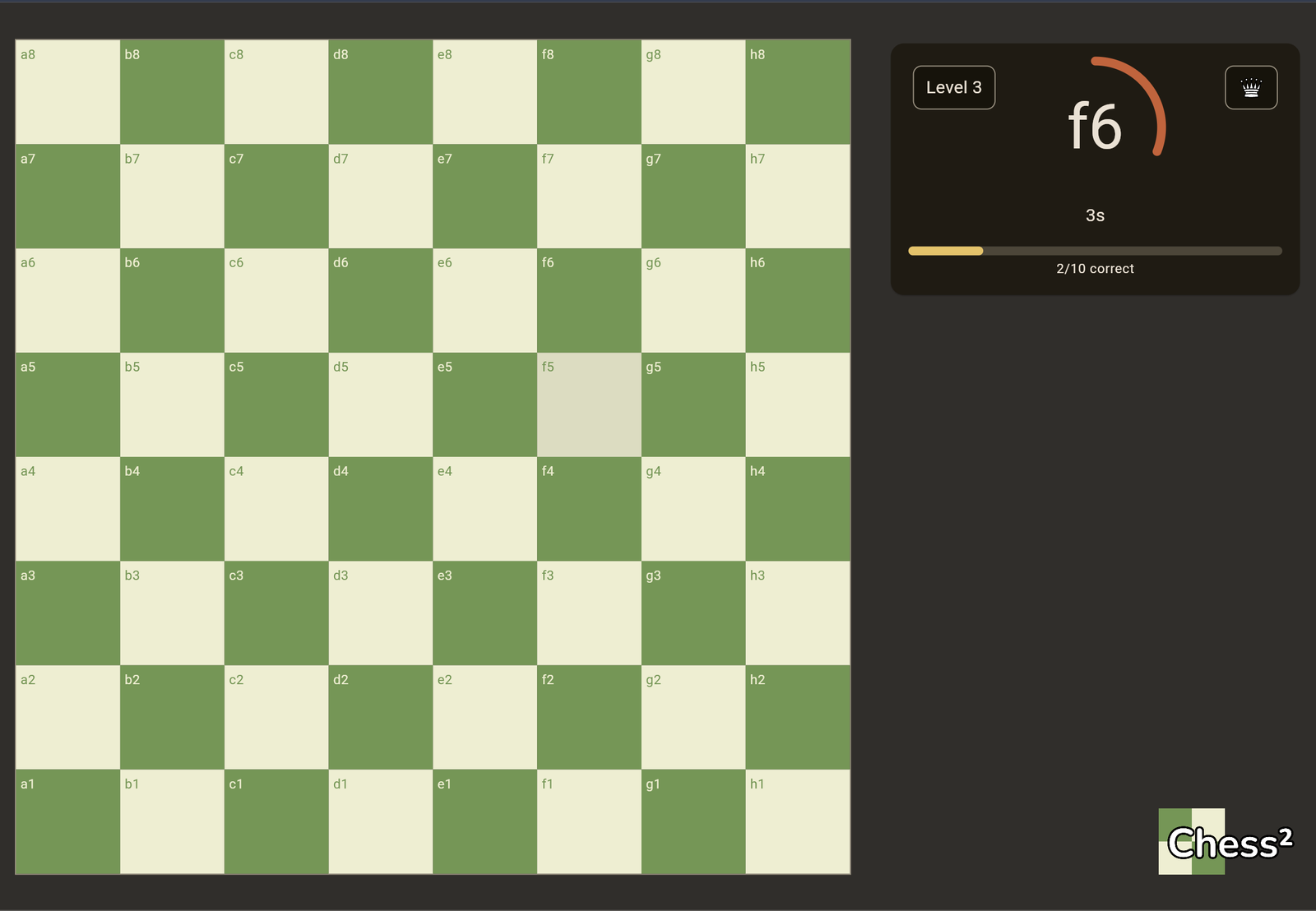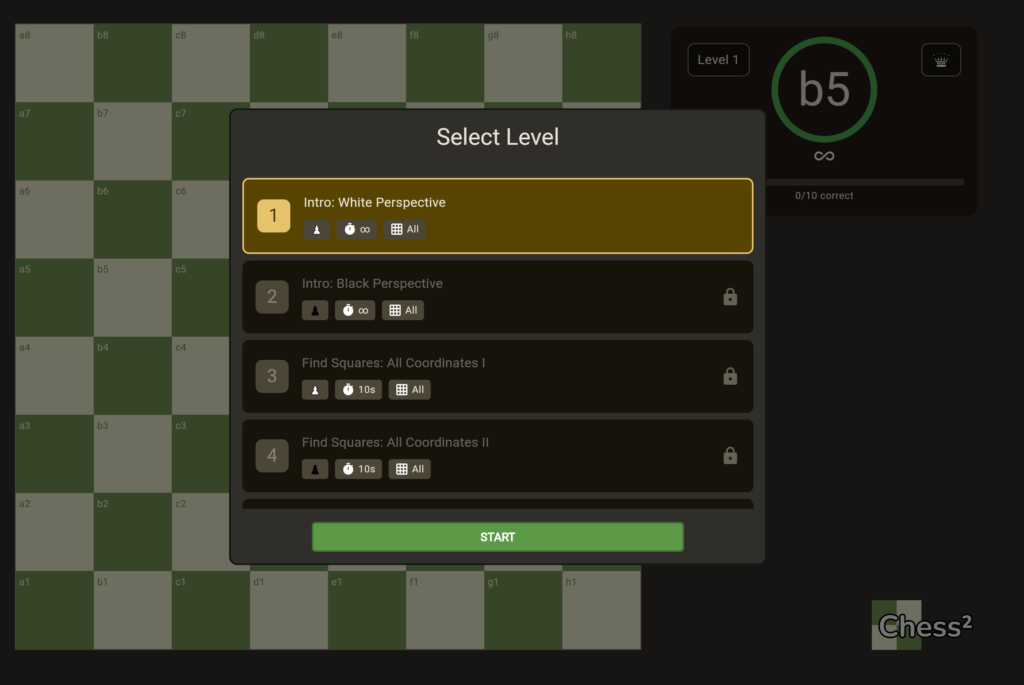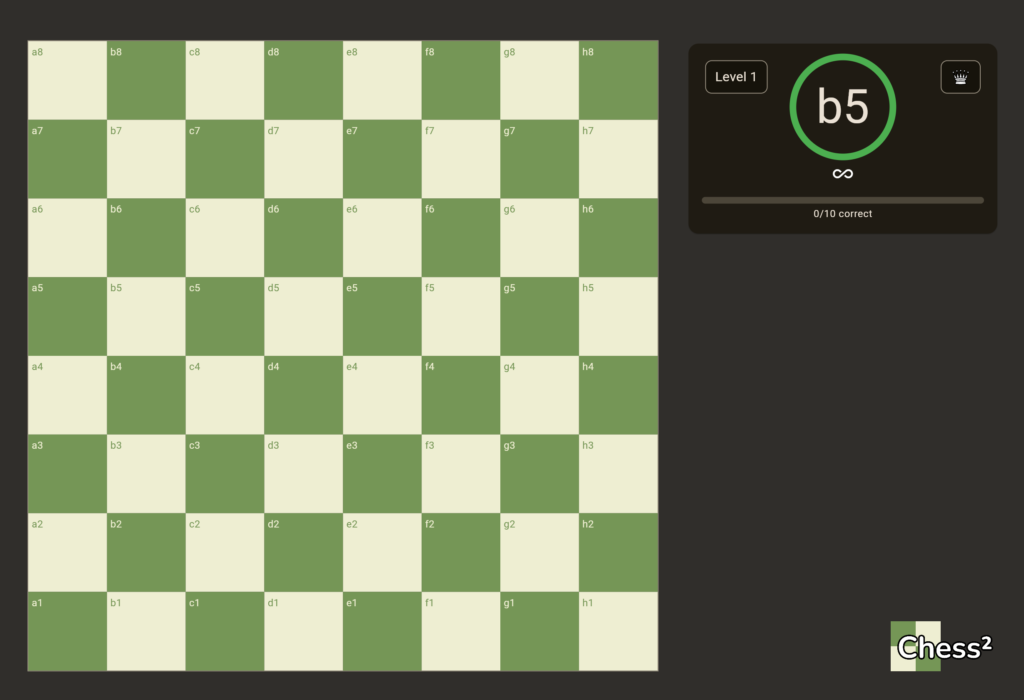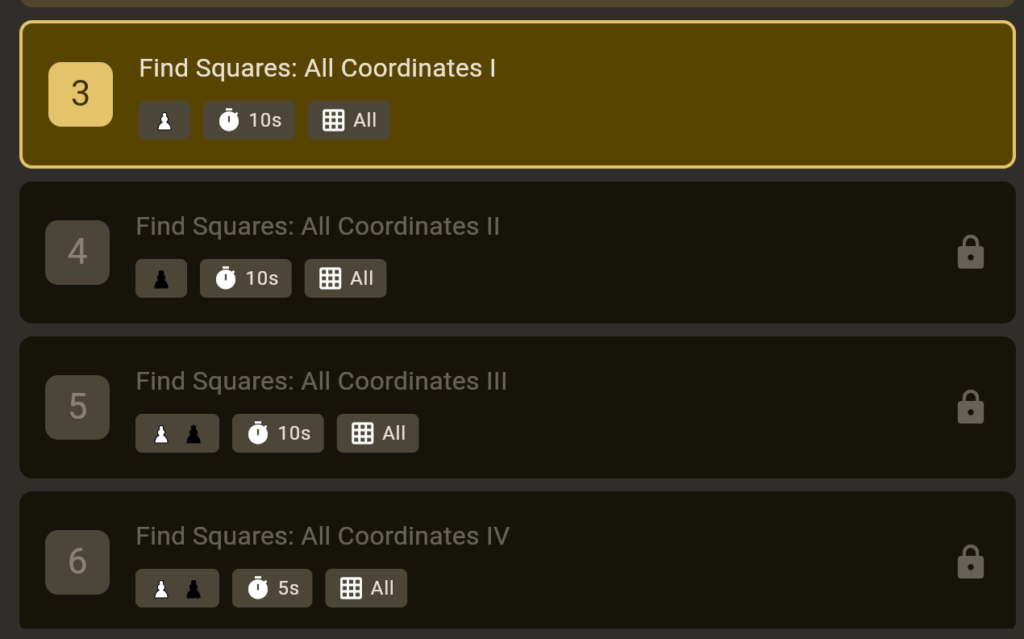I recently made a little app to help people learn chess field coordinates. I received some nice feedback on Reddit about it; however, as I expected, it wasn’t the most revolutionary product ever launched. Still, I decided to publish it on Google Play and the App Store.
I don’t feel like people would be willing to pay for the app, as Chess.com and other established chess apps offer a similar feature for free (though I believe Chess² takes a nicer, more progressive approach to learning). So I figured I’d launch it as a free app, and if I see any traffic, I’ll add some ads using AdMob.
This is something I’ve already done at another company I’m part of, with an app that had a lot of downloads but where users wouldn’t pay for a subscription. And that’s what brought me back to the AdMob account verification process.
You already have a Google AdMob account

Since I do have access to another AdMob account—through a completely different legal entity—Google assumed it was a duplicate account and told me I shouldn’t create a new one.
Which is fair. People might forget they’ve already created an account. But that wasn’t the case here. These accounts belong to two completely separate legal entities. Still, I thought, “Okay, this is an automated system. Let me reach out to Google customer support and sort it out.”
But…
When I clicked the support button and filled out the Support Request form, my only available option was to read the community posts. I’ve had experience with community support before, and I knew that if I’ve reached the stage where I need to contact customer support, it’s very likely none of the community posts will help. And this was the case again. The posts all said the same thing over and over without offering a real solution—except for suggesting that you create a fake Google account and start a new registration.
Since I couldn’t find a way to talk to a human at AdMob, I tried a different route: I wrote to Google Developer Support. I expected human interaction, since I’m an active developer, I’ve paid the developer license, and I’ve gone through a rigorous registration process.

That attempt was also unsuccessful. I was immediately told to contact AdMob support directly, and I was given the same link that just led me back to the community forum.
Even after explicitly asking to put me in contact with a human, I was told that they cannot do that

I almost gave up, but then I stumbled upon a Reddit post that explained how someone had suddenly managed to reach a support person through the same link.
Which got me thinking. Based on their comment, the Redditor wasn’t a bigger “advertiser” than I was, so I had no idea why it worked for them but not for me. So I went back to the Support Request form. But instead of describing my issue precisely with something like “My account was incorrectly marked as duplicate,” I wrote something more generic like “Business account issue.” I selected the appropriate categories in the next step—and suddenly, there was an option to send an email to a real human at AdMob!
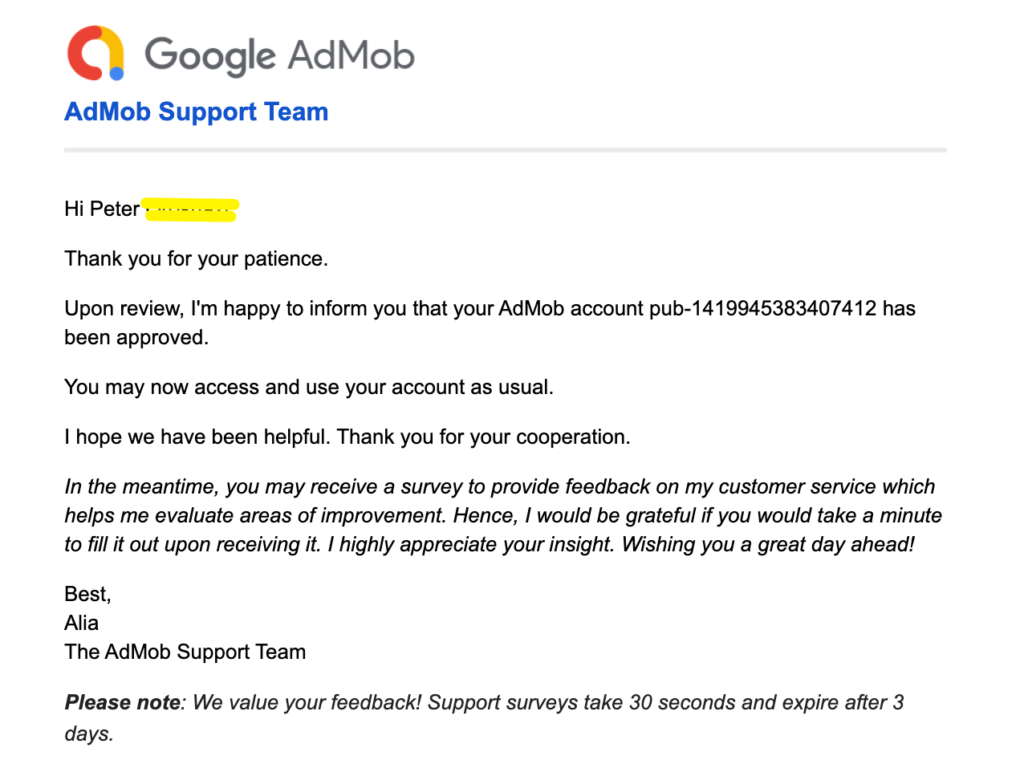
Apparently, there’s some logic or moderation feature built into the form that determines whether you’re allowed to contact a person, or if you’ll just be sent to the community forum to suffer.
I sent the email explaining the situation and provided some evidence that the two accounts belong to different legal entities. I received a response in about three days confirming that the issue was resolved and my account had been verified.
So next time you have a real issue with Google but aren’t given the option to talk to a human, try describing your problem in a different way before giving up!
